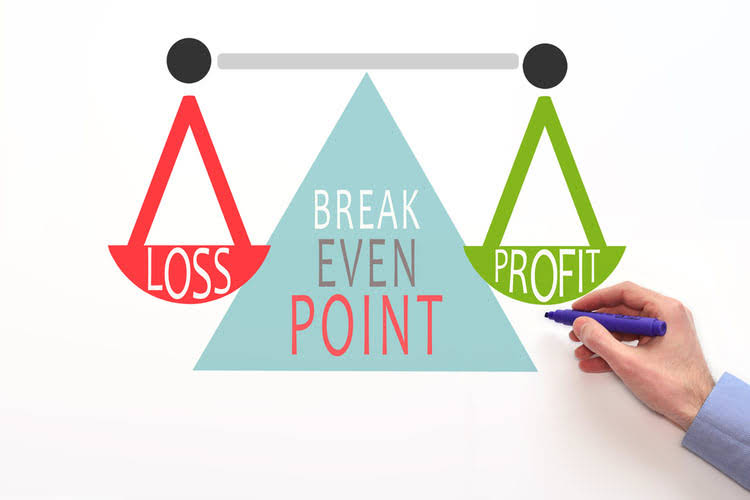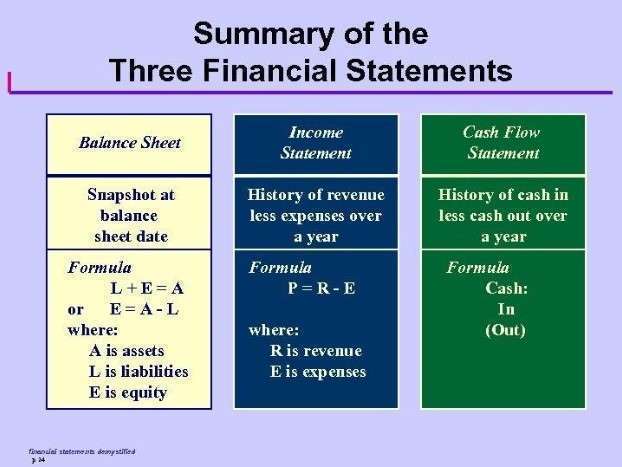Cash spent on purchasing PP&E is called capital expenditures (CapEx). These investments are a cash outflow, and therefore will have a negative impact when we calculate the net increase in cash from all activities. For instance, when a company buys more inventory, current assets increase. This positive change in inventory is subtracted from net income because it is a cash outflow. There was no cash transaction even though revenue was recognized, so an increase in accounts receivable is also subtracted from net income.
Cash Flow Statement (CFS)
Depreciation involves tangible assets such as buildings, machinery, and equipment, whereas amortization involves intangible assets such as patents, copyrights, goodwill, and software. However, we add this back how to calculate your accounts payable ap cost per invoice into the cash flow statement to adjust net income because these are non-cash expenses. Firstly, in preparing a cash flow statement, you must determine the starting balance of cash and cash equivalents.
How Are Cash Flows Different Than Revenues?
You can find this value on the income statement, which covers the same accounting period. You see, income statements show you how much money you’ve earned and spent. However, they don’t tell you how much cash you have for a specific period.
What Can the Statement of Cash Flows Tell Us?
Also note that even if you record cash flows as the transaction happens, you’ll also have to use the indirect method to reconcile your statement of cash flows with your income statement. Cash from operating activities shows the amount of money a business generates from operational activities. This cash flow statement is for a reporting period that ended on Sept. 28, 2019. As you’ll notice at the top of the statement, the opening balance of cash and cash equivalents was approximately $10.7 billion. One you have your starting balance, you need to calculate cash flow from operating activities.
- It also includes all cash outflows that pay for business activities and investments during a given period.
- This component of the cash flow statement takes care of investments by XYZ company.
- This method involves calculating cash flow by adding up all cash transaction records, rather than relying on the information provided by balance sheets and income statements.
- The cash flow statement is reported in a straightforward manner, using cash payments and receipts.
- With the indirect method, cash flow is calculated by adjusting net income by adding or subtracting differences resulting from non-cash transactions.
- Then, we’ll walk through an example cash flow statement, and show you how to create your own using a template.
The first section of the cash flow statement covers cash flows from operating activities (CFO) and includes transactions from all operational business activities. The cash flows from operations section begins with net income, then reconciles all non-cash items to cash items involving operational activities. In other words, it is the company’s net income, but in a cash version. In these cases, revenue is recognized when it is earned rather than when it is received. This causes a disconnect between net income and actual cash flow because not all transactions in net income on the income statement involve actual cash items.
In Year 1, the income statement consists of the following assumptions. An increase in Inventory means a reduction in the cash reserves of XYZ Company. The Lili Visa® Debit Card is issued by Choice Financial Group, Member FDIC, pursuant to a license from Visa U.S.A. In this section, we’ll provide an overview of each method and an example statement for each in order to help clarify which method would be more appropriate for your business.
The common stock and additional paid-in capital (APIC) line items are not impacted by anything on the CFS, so we just extend the Year 0 amount of $20m to Year 1. Upon adding the $3m net change in cash to the beginning balance of $25m, we calculate $28m as the ending cash. As mentioned above, there are two formats for calculating the cash flow. 6 Up to $1,000 per 24 hours period and a maximum of $9,000 per month. Some locations have lower limits and retailer fees may vary ($4.95 max). 4 BalanceUp is a discretionary overdraft program for debit card purchases only, offered for Lili Pro, Lili Smart, and Lili Premium Account holders.
Cash Flow for Month Ending July 31, 2019 is $500, once we crunch all the numbers. After accounting for all of the additions and subtractions to cash, he has $6,000 at the end of the period. Under Cash Flow from Investing Activities, we reverse those investments, accounting for entrepreneurs tips to follow when starting out removing the cash on hand. They have cash value, but they aren’t the same as cash—and the only asset we’re interested in, in this context, is currency. Additionally, it shows where we find the calculated or referenced data to fill in the forecast period section.
Therefore, cash is not the same as net income, which includes cash sales as well as sales made on credit on the income statements. Investing activities include any sources and uses of cash from a company’s investments. Purchases or sales of assets, loans made to vendors or received from customers, or any payments related to mergers and acquisitions (M&A) are included in this category. In short, changes in equipment, assets, or investments relate to cash from investing.
In contrast, the income statement is important as it provides information about the profitability of a company. This method of calculating cash flow takes more time since you need to track payments and receipts for every cash transaction. By looking at the cash flow statement, one can see whether the company has sufficient cash flowing in to pay its debts, fund its operations, and return money to shareholders https://www.quick-bookkeeping.net/ via dividends or stock buybacks. The price-to-cash flow (P/CF) ratio is a stock multiple that measures the value of a stock’s price relative to its operating cash flow per share. This ratio uses operating cash flow, which adds back non-cash expenses such as depreciation and amortization to net income. Free cash flow is left over after a company pays for its operating expenses and CapEx.
Analysts look in this section to see if there are any changes in capital expenditures (CapEx). When CapEx increases, it generally means there is a reduction in cash flow. But that’s not always a bad thing, as it may indicate that a company is making investment into its future operations.
Issuance of equity is an additional source of cash, so it’s a cash inflow. This is buying back, through cash payment, the equity from its investors. Suppose we are provided with the three https://www.quick-bookkeeping.net/overriding-commission-definition/ financial statements of a company, including two years of financial data for the balance sheet. An increase in Accounts Receivable is the amount due to XYZ that has not yet been received.






